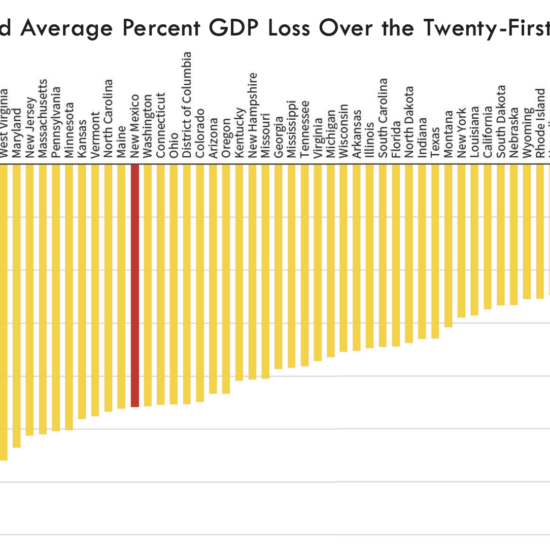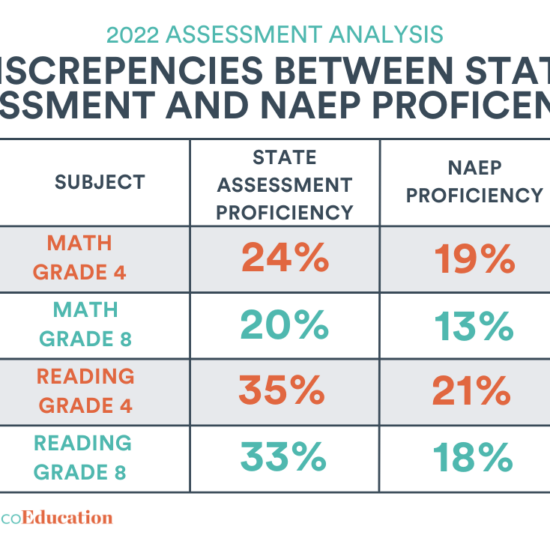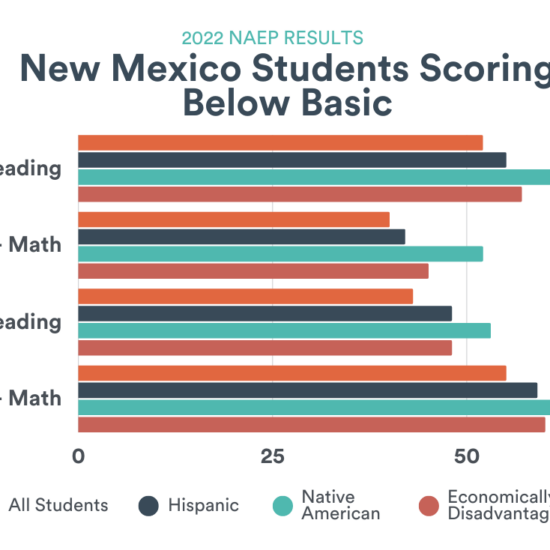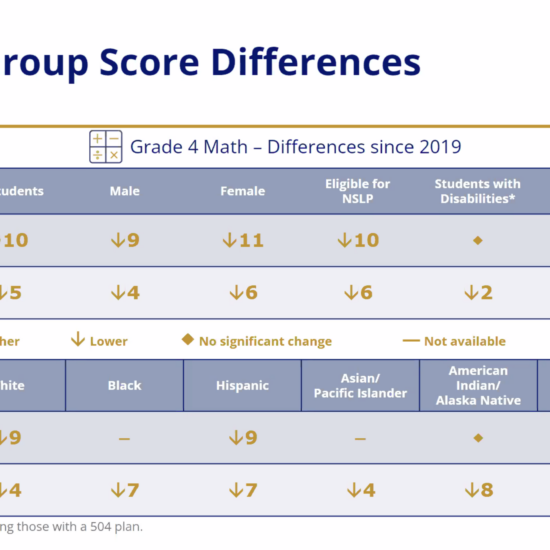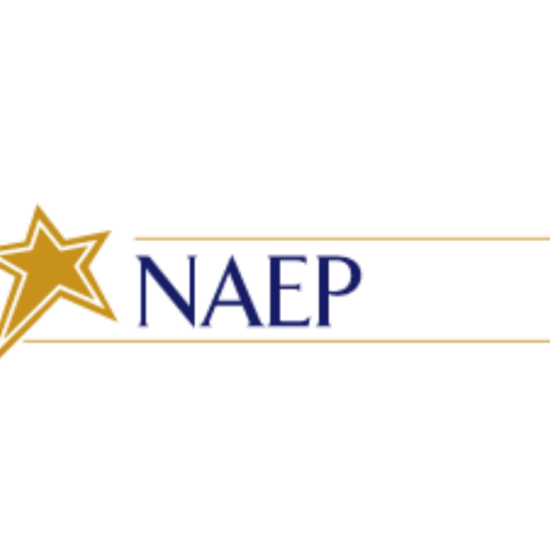
Editor’s Note: This article was written by Hope Morales, Executive Director, Teach Plus New Mexico
In the aftermath of Hurricane Katrina, the city of New Orleans coalesced around a new educational system that focused on improved outcomes for students. The system started with vision and commitment. According to former Louisiana State Superintendent of Education John White, “The state had to be in the game and conversations about schools.” Louisiana worked with a targeted sense of urgency and did what was right for kids. The state has years of data that prove their efforts successful. New Mexico can do this without a hurricane.
In our state, we sometimes prioritize relationships over outcomes. I see this at every level of government. We have years of data that should indicate we are in a state of emergency, but instead we continue celebrating the relationships within our educational environment rather than strategically trying for change. Change is hard. But knowing year after year that most of our children can’t read requires that we change. What’s more, we must make bold systematic steps rooted in both funding and accountability. We can love our students and must build quality relationships with them, but without providing them with an excellent education, is the love in vain?
I sometimes hear, “tests are not a good representation of learning.” As an educator, I know that assessments ensure that all students have the opportunity to learn at the same level despite their zip code. Assessments measure students’ learning as related to specific standards, inform us how our students are doing on grade level, and are good predictors for graduation and even postsecondary and career success. Our students should not graduate from high school still needing remedial courses in college. Our assessment data aligns with the reality of where many of our students are. As a parent, I understand where my children are relative to their peers and their goals. This is a valuable tool for our family and aligns very closely with their current academic achievement level.
When I took an in-depth look into the last two decades in New Mexico’s education, two highlights stood out. Between 2003 and 2007, New Mexico’s students made great strides on NAEP in both reading and math. Between 2009 and 2011, New Mexico joined Washington, D.C., Hawaii, and Rhode Island as the only states to show improvement in students’ math scores in both 4th and 8th grades. By 2018, when the rigor of our state standards increased and PARCC was used as the assessment to measure learning, 11,000 more students statewide were doing math on grade level and 13,000 more students were reading on grade-level than in 2015 – with Native American students improving their reading results more than any other group of students, by 8.2 percentage points. These data points mean more of our children were on track to succeed in school and after. In both cases of this success, the leaders in our state had a clear vision that included an understanding of the reality of current conditions and an awareness of the opportunity. There were accountability systems in place that directly aligned with the vision. And there was targeted funding that supported it.
After Katrina, New Orleans fought to increase access to high-performing schools and to close their lowest-performing schools, because that is what was best for kids. In New Mexico, we too must identify what makes our schools effective and what systems we need to introduce to get us to that effectiveness.
Our kids need our help now. I call on our leaders at every level of the system to be accountable for where students are at today and to collaborate on creating a vision for getting us to that effectiveness. We must discuss the severity of the data that has made me cry at my local board meeting, because I could picture the faces of the students that we are failing. We must inform families about what the data actually means behind the numbers so they can become an informed partner in education. And we must implement systems that are effective and cohesive across our grade levels and schools. Once we do this, we will be able to take ownership of our current state and more importantly move forward with a sense of urgency.


